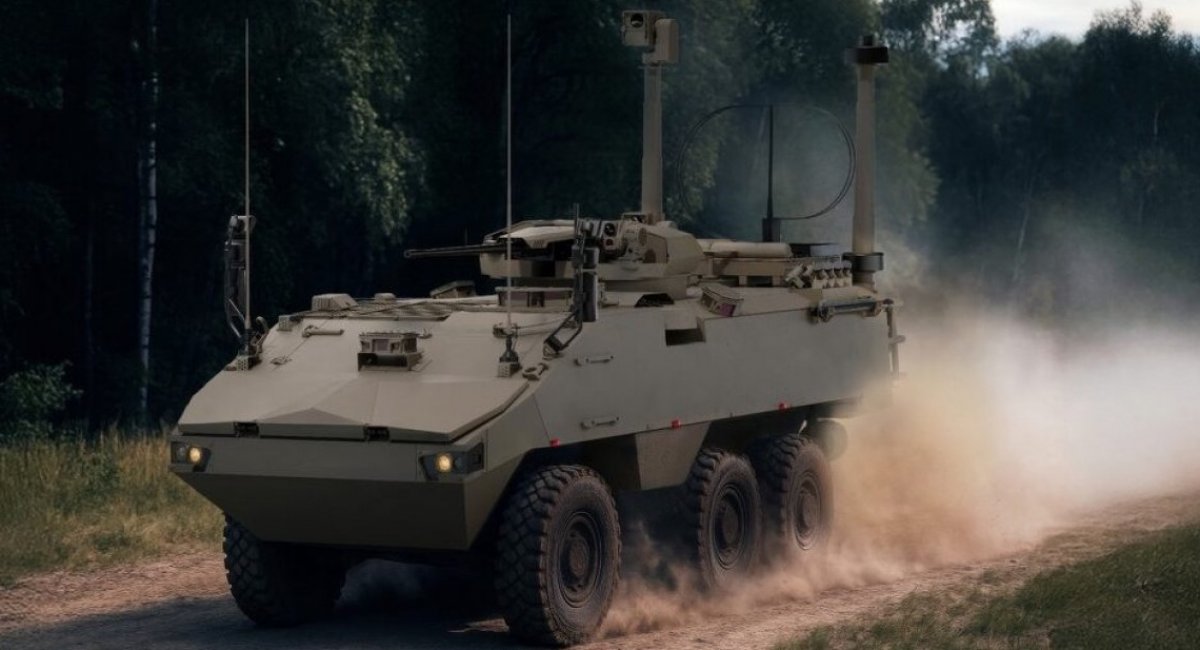KevinB
Army.ca Relic
- Reaction score
- 29,318
- Points
- 1,260
Honestly the US Armored Brigade 2023+ might better a better Cdn model, if the current plan to bring them back to 2 Mech Inf CAB's in the Brigades goes forward.
Current
14 Abrams / Coy and 5 Coy / Bde (2 in each Armor CAB, and 1 in the Mech Infantry CAB) : 70 MBT in Platoons
14 Bradley / Coy and 4 Coy /Bde (2 in each Mech Infantry CAB, and 1 in each Armor CAB). 56 IFV In Platoons
Old and re-proposed "Square CAB of 2 Armor Coy and 2 Inf Coy / BN: 6 tank Coy and 6 Infantry Coy: 84 MBT and 84 IFV (just in the Companies Platoons).
HHC's of each CAB are identical:
1 MBT 1 IFV, 4 B-FIST (Arty FOO Vehicle - TOW replaced by Target Designators and some other things), 3 CAV IFV (Recce Platoon), 4 120mm Mortar AMPV with NEMO Turret (Mortar Platoon)
87 MBT, 87 IFV, 12 FOO IFV, 9 Recce IFV, 12 Mortar AMPV.
Each "square" CAB is 628 All Ranks (48 O and 580 OR)
4 CAB would be 2,512 AR
Bde HQ is 185 AR. (under Army 2030 down here there is the intent to move a Cav Troop of 6 Bradleys to the Brigade HQ due to the loss of the Calvary Squadrons - which is being formed as a Divisional Armored Calvary Regiment).
Brigade Support Battalion is 1,094 AR.
Total of 3,791 AR.
Note the Engineering Battalion and Calvary Squadron, as well as the Artillery where cut out of the ABCT for Army 2030 and concentrated at Division.
As well I did not list the soft skins or AMPV's in the formation (outside of the M1287 Mortar Carrier)
The 87 MBT would fit decently into Canada's current holdings and allow for School and Log Stock platforms.
Current
14 Abrams / Coy and 5 Coy / Bde (2 in each Armor CAB, and 1 in the Mech Infantry CAB) : 70 MBT in Platoons
14 Bradley / Coy and 4 Coy /Bde (2 in each Mech Infantry CAB, and 1 in each Armor CAB). 56 IFV In Platoons
Old and re-proposed "Square CAB of 2 Armor Coy and 2 Inf Coy / BN: 6 tank Coy and 6 Infantry Coy: 84 MBT and 84 IFV (just in the Companies Platoons).
HHC's of each CAB are identical:
1 MBT 1 IFV, 4 B-FIST (Arty FOO Vehicle - TOW replaced by Target Designators and some other things), 3 CAV IFV (Recce Platoon), 4 120mm Mortar AMPV with NEMO Turret (Mortar Platoon)
87 MBT, 87 IFV, 12 FOO IFV, 9 Recce IFV, 12 Mortar AMPV.
Each "square" CAB is 628 All Ranks (48 O and 580 OR)
4 CAB would be 2,512 AR
Bde HQ is 185 AR. (under Army 2030 down here there is the intent to move a Cav Troop of 6 Bradleys to the Brigade HQ due to the loss of the Calvary Squadrons - which is being formed as a Divisional Armored Calvary Regiment).
Brigade Support Battalion is 1,094 AR.
Total of 3,791 AR.
Note the Engineering Battalion and Calvary Squadron, as well as the Artillery where cut out of the ABCT for Army 2030 and concentrated at Division.
As well I did not list the soft skins or AMPV's in the formation (outside of the M1287 Mortar Carrier)
The 87 MBT would fit decently into Canada's current holdings and allow for School and Log Stock platforms.







